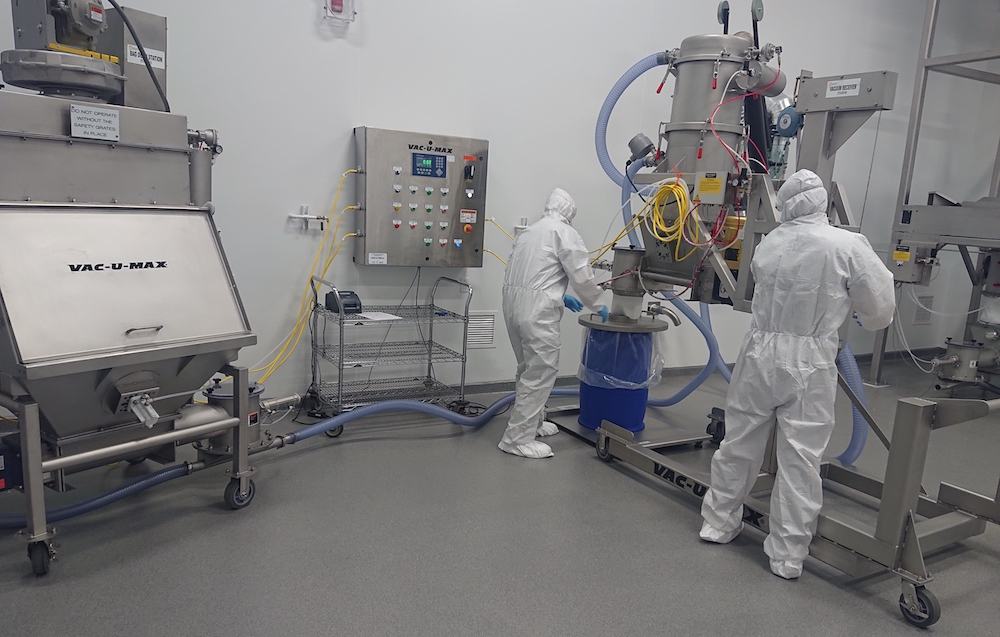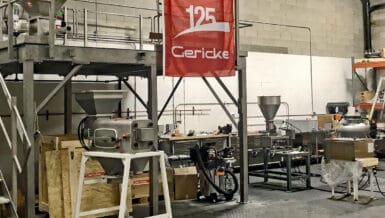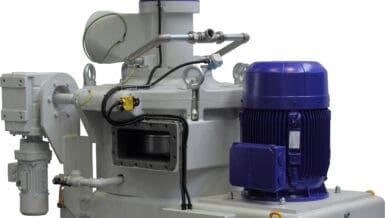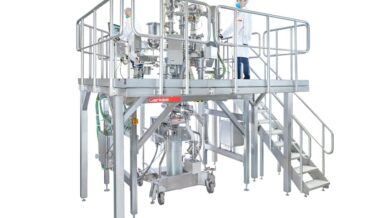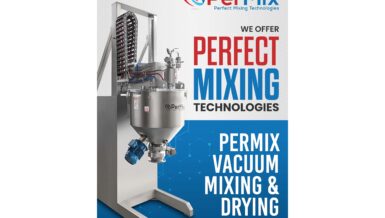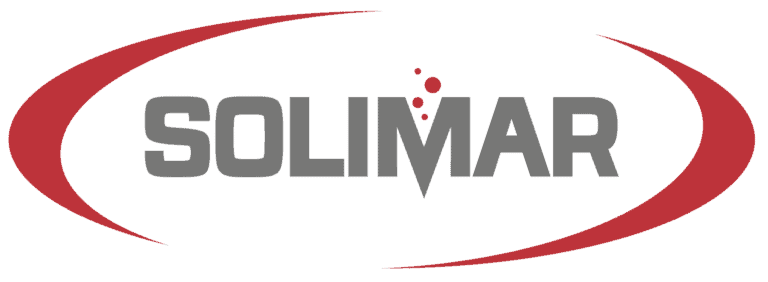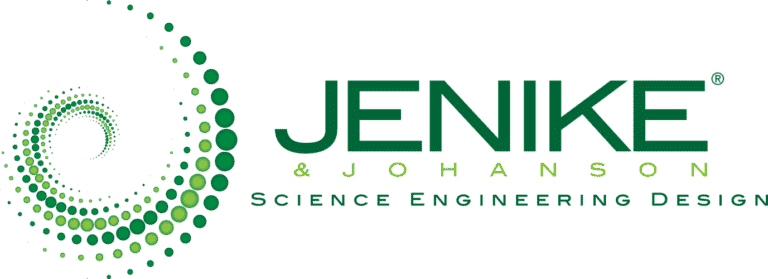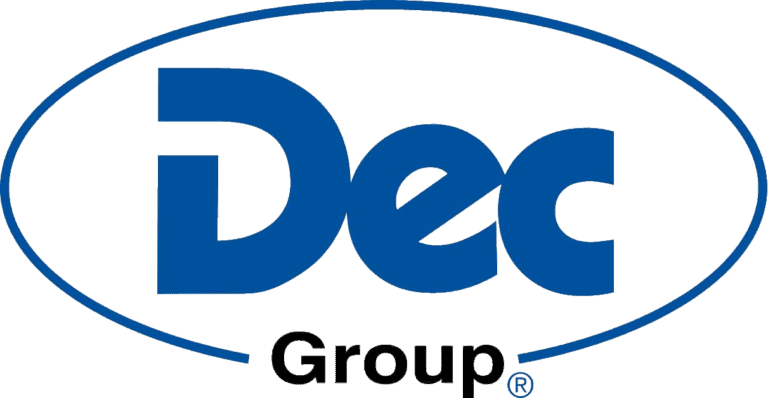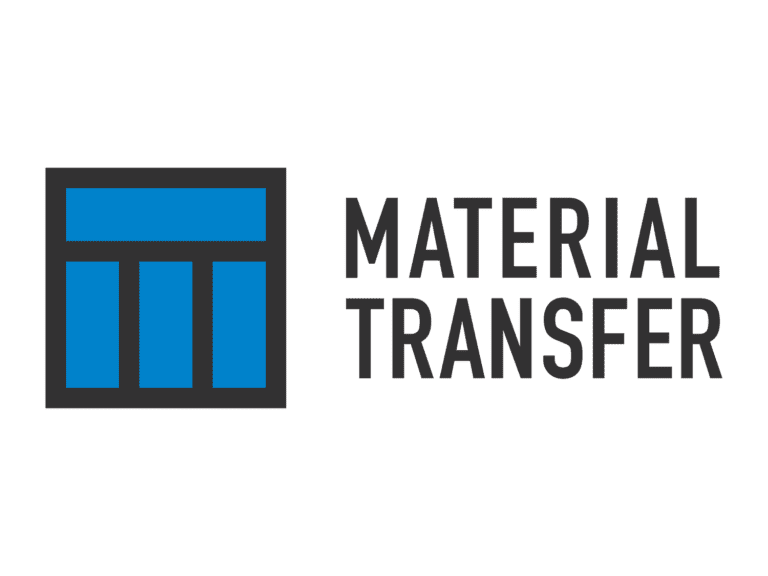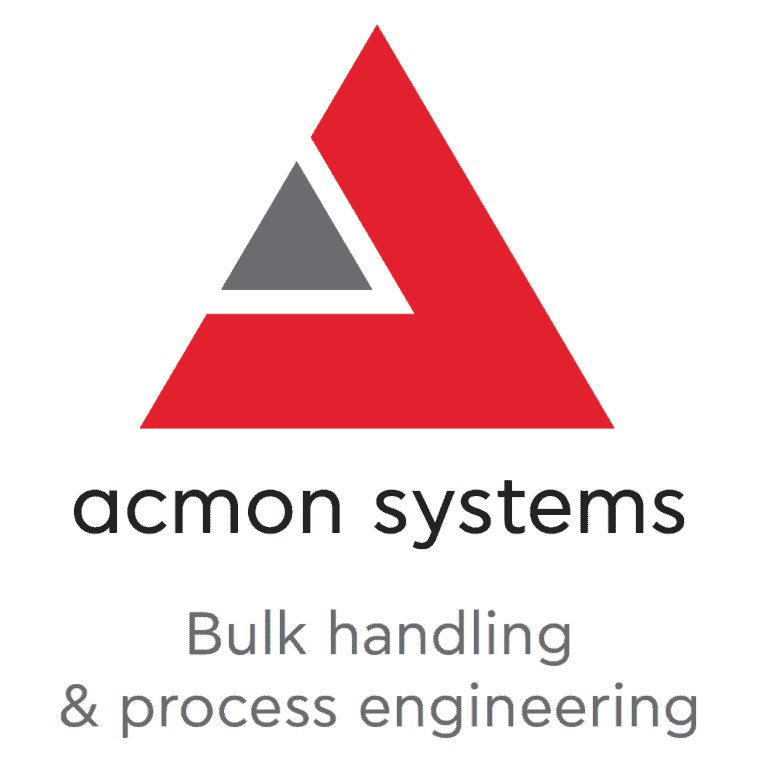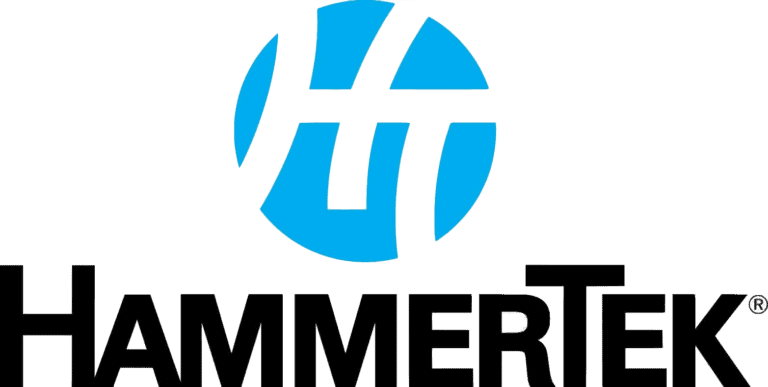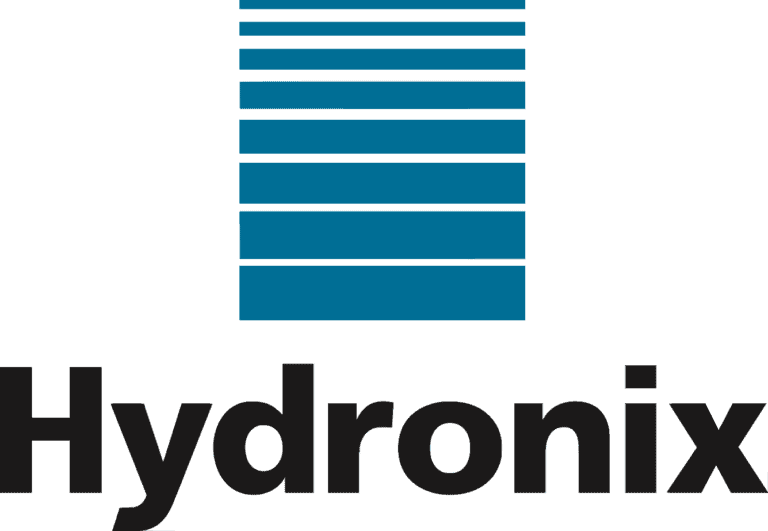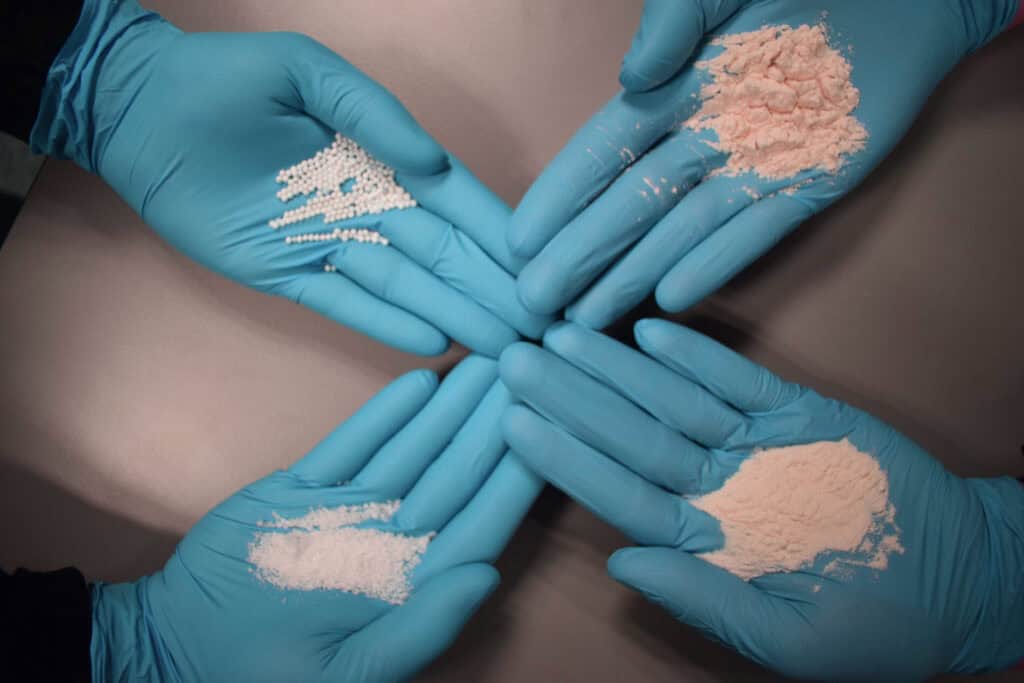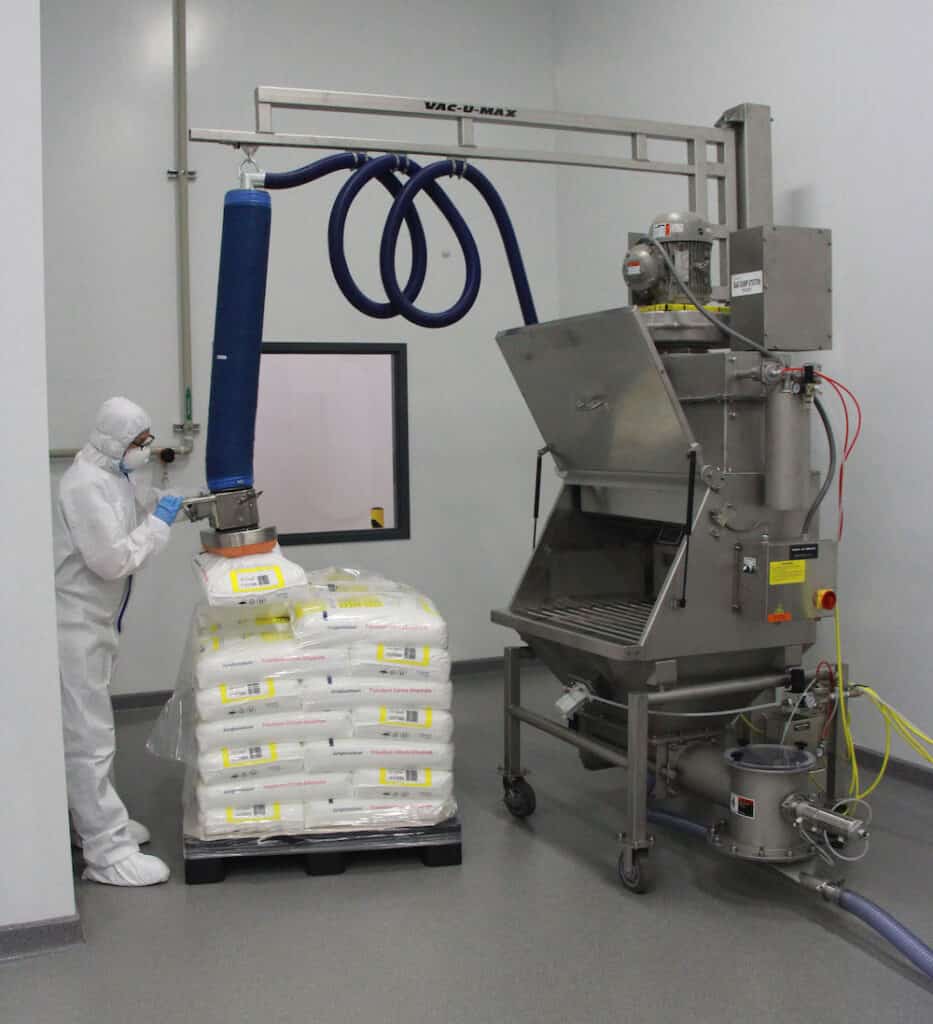
Over the past century, the industry has realized unprecedented advances in human health, yet the industry is struggling to keep up with demands. Increased demand results in the need for increased production which poses a complete set of new challenges for companies in the supply chain.
Such production challenges were realized by A&C. A&C is a service-driven organization finding unique solutions to its customer’s GMP challenges. They are a custom manufacturer and supplier of excipients, process solutions, buffers, and APIs. They are audited by both FDA and Health Canada affirming their constant and stringent efforts to meet regulatory requirements for pharmaceutical and biopharmaceutical raw material suppliers.
With two GMP facilities located in Montreal, Canada, A&C manufacture, pack and distribute bioprocessing liquid and bulk materials under Good Manufacturing Practices (GMP) with full compliance to all international regulatory requirements. GMP ensures that products are consistently produced and controlled according to quality standards. It is designed to minimize the risks involved in any pharmaceutical production that cannot be eliminated through testing the final product. [1]
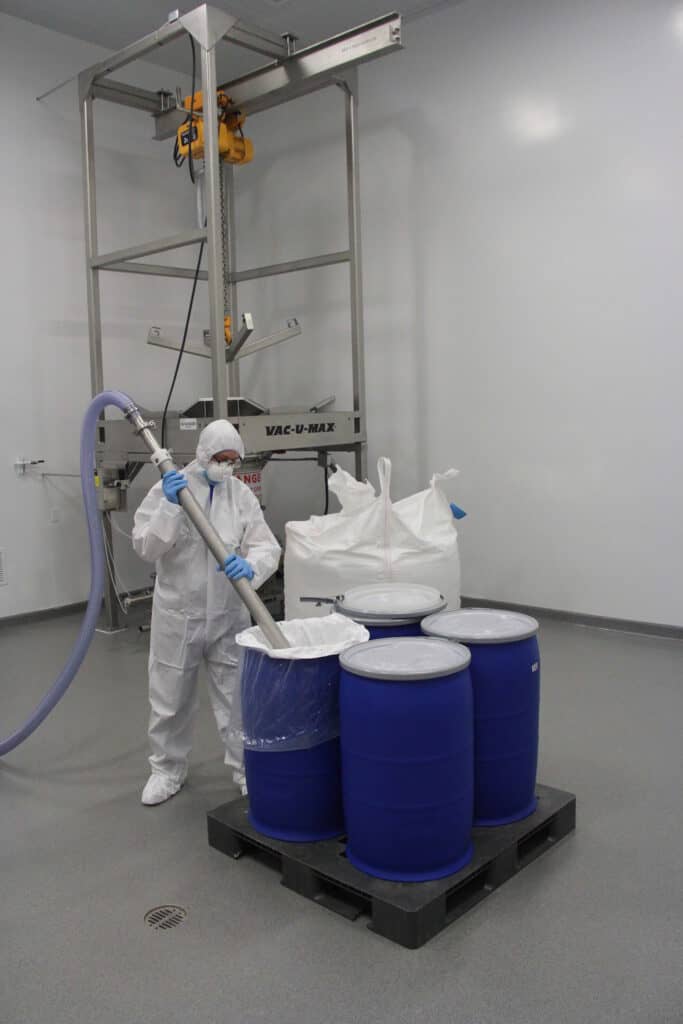
With product demand increasing A&C realized the need for significant investment in bulk material handling capabilities to support expanding business and increased production, while focusing on minimal downtime. As part of this initiative, A&C continually focused not only on process, but also on end-product quality, safety, and compliance, “A major challenge our customers face is the way bulk materials are supplied to the market. We needed a material handling system that would keep up with our demand, ensure worker safety, and limit manual manipulation of material. The VAC-U-MAX team designed and manufactured a material handling system capable of conveying over four and a half million pounds of powders per year that now allows us to continually meet our growing business,” said Damien O’Rourke, Vice President & Chief Operating Officer at A&C.
A&C promotes a leadership position in providing full transparency in the supply chain, as demonstrated through EXCiPACT, GMP & GDP certifications. EXCiPACT is a non-profit organization that owns and manages oversight of an independent, high-quality, third-party certification available to pharmaceutical excipient manufacturers and distributors worldwide. [2]
“A&C’s quality management system is based on providing the highest quality product to companies worldwide while safeguarding public health,” said O’Rourke. “We place a strong focus on plant and personnel safety, product lead times, minimizing product contact, and manual manipulation of product in support of GMP initiatives.”
Andy Pizans, Canadian Sales Manager for VAC-U-MAX, confirms: “This was a coordinated effort between A&C and VAC-U-MAX. Without this level of cooperation, the project would never have achieved the objectives of supplying a system that was easy to operate, safe, GMP compliant, and efficient. All this was accomplished within a tight delivery schedule. A tremendous effort by both companies.”
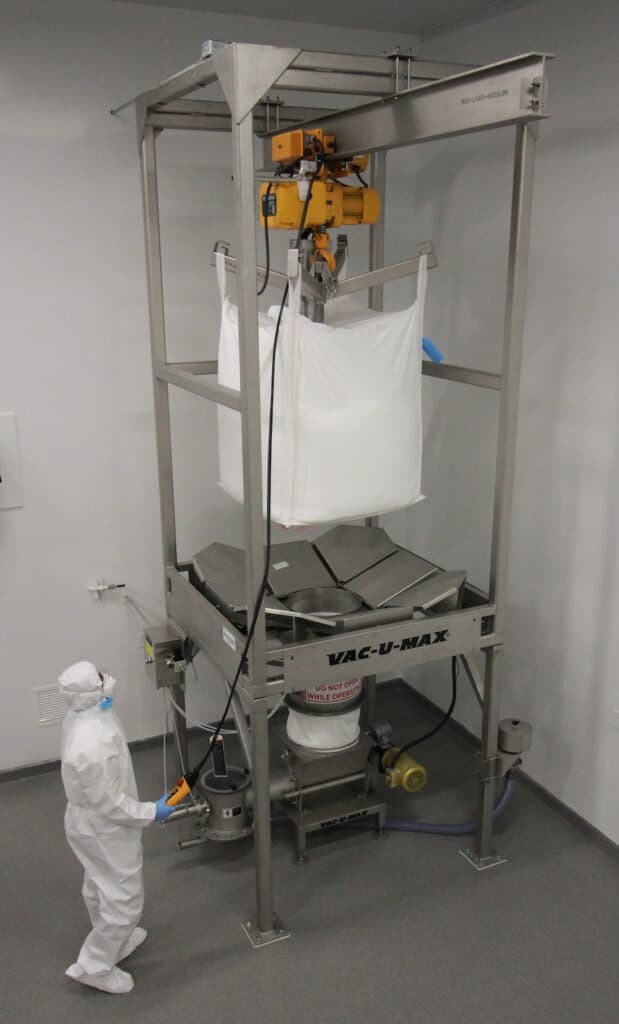
Among A&C’s service offerings, the powders processed are supplied in custom packaging meeting customer-specific requirements. The product must be conveyed from different containers to the discharge point at a rate of 2,200lb per hour. Manual handling of products poses its own set of challenges including slip and fall hazards, fugitive combustible dust, and other sanitary issues that may result in decreased production and lengthy downtime.
Employing vacuum conveying technology for dust containment, labor savings, cleanliness, or safety and environmental reasons lies in the ability of vacuum conveying experts to understand powder characteristics and how those characteristics interact with equipment design.
A&C also wanted the best ergonomics for their employees, so they also selected a VAC-U-MAX LoadLifterTM for the repetitive action of lifting bags from a pallet and depositing it on the bag-opening grate of the bag dump station.
Material Properties & Conveying Behavior
As most pharmaceutical and nutraceutical processes start with a powder or granular material, material characteristics must first be defined with a focus on the materials attrition and segregation, vacuum conveying behavior, flow properties, and particle properties like shape, size, cohesiveness, and bulk density. The bulk density of a material is one of the first indicators of design in terms of sizing various system components such as vacuum receivers and air sources. Bulk density helps determine how many cubic feet per minute (CFM) of air is needed to move the material through the convey line. In A&C’s case, the bulk densities were on the heavy side at 95 and 133 lb/ft3.
Attention is given to the prospect of segregation especially during manual transfer of materials in drums or other containers, to the next process vessel in the production process. Vibration caused by moving containers promotes segregation. While each application requires a unique resolution based on distinctive environments and equipment, systems are generally built using standard components and customized according to the application requirements. A&C’s process requires the convey and discharge of multiple materials, from diverse types of packaging (bags, bulk bags, and drums), in a cleanroom environment which is subject to washdown sanitation.
Introduction to the Process
Equally important is the introduction of material to the process (i.e., the pickup point). The product can be introduced via a simple suction wand (from a drum), or a sanitary bag dump station with an integral dust hood, or via bulk bag (a.k.a. super sac) unloading systems. A&C introduces the product to the process via VAC-U-MAX’s sanitary Bag Dump Station and the ActivatorTM Bulk Bag Unloading System with “Chisel Bottom” Screw Dischargers. The Bulk Bag Unload System features a dust-tight cover and cantilevered open flight 6-inch (150mm) auger to provide a consistent, controlled flow of powder into the convey line.
The Activator version Bulk Bag Unloader features four pneumatically operated actuator petals to massage the lower portion of the bag in an alternating-side pattern to promote optimal material flow toward the center of the bag. “We have tested two-sided actuators, but the four-petal design is far more effective in promoting material flow to the bag outlet,” states Doan Pendleton, Vice President of VAC-U-MAX. The Activator assembly includes a NEMA 4X control panel and level control so that the bag is only massaged when the powder is needed. The bag access door is capped for dust collection during bulk bag discharge. The Activator uses lubrication-free pneumatic lifters that consume 50% less compressed air than air cylinders, providing A&C with lower operating costs.
A&C can minimize material handling devices such as forklifts in the work area by leaving the bulk bag on a pallet, lifting and placing it into the bulk bag unloader with its integral I-Beam and 2HP hoist. The operator controls the hoist from a remote pendant, taking them safely away from the lifting zone. The “I” beam and Bag Lift Frame are constructed in 304L stainless steel and handle bags up to 48-inches (122cm) high with weights up to 2250 lbs (1020kg), with typical I-beam and hoist rated for up to 4,000lbs (1800kg).
The unloader is equipped with a manual iris valve in the bag access housing which allows the operator to untie a full bulk bag discharge spout without any release of the product. All product contact surfaces are designed in 316 stainless steel including the sealing collar, operator housing with access door, conical pickup adapter, and screw discharge devices. The entire bulk bag unloader is constructed in stainless steel to meet A&C’s cGMP program.
The sanitary 316 stainless steel VAC-U-MAX Bag Dump Station is equipped with an integral dust collector that automatically turns on when the dump station door is opened, to keep dust from the bag opening away from the operator. Dust that is collected on the static-conductive filters is pulsed automatically into the bottom of the dump station so that no material is lost. The materials have high bulk densities, so the bag dump station has the same screw discharger on the bottom to provide a metered feed of material into the convey line. Like the Activator Bulk Bag Unloader, the screw discharger has a pneumatic poppet valve on its outlet to prevent any dribbling of powder into the convey line which might affect the accuracy of the conveying process.
Observing Distances
Bulk density, while one of the most important factors in sizing a system, is not the sole criterion used to determine components. Another key factor in sizing and determining the type of system needed is the distance that the material is traveling. In pneumatic conveying, the more tubing incorporated into the bulk material handling system, or the further the conveying distance, results in larger vacuum pumps since it takes more airflow to pull (or push) the air through the tube.
Vacuum conveying systems move product vertically and calculated the same as moving product horizontally–in linear feet. However, each 90-degree sweep in the system equals 20 linear feet; thus, moving material horizontally 110 feet (34m) and vertically 110 feet (34m) with four 90-degree sweeps results in an overall conveying distance of 300 feet (91m). Vacuum conveying technology was selected by A&C. Any potential leaks in a vacuum system will be inward, where a positive-pressure system leak results in a cloud, or pile, exposed to the work environment. This not only reduces exposure for the operators, but also aids in reducing combustible dust, sanitation, and product yield issues.
In addition to factoring in how many vertical rises and horizontal runs, the bulk material handling system factors in the number of equipment connections, headroom requirements for vacuum receiver mounts, and any containment or cleanroom requirements, as required by A&C. By reducing the number of overall process steps, processors reduce the potential for product segregation resulting in better quality control, smaller equipment, simplified 1:1 scale-up, and shorter production time – while reducing labor and maintenance costs.
The Heart of the System
Self-sufficient and the heart of the process, the sanitary pharma-grade VAC-U-MAX Vacuum Conveyor is mounted on a rolling lift frame to allow A&C to remove the equipment from the production room for cleaning. The lifting frame allows the conveyor to be raised into an operating position above the drum on a scale, and to lower it to a travel position which is also a convenient height that encourages good maintenance and sanitation of the equipment.
The unique VAC-U-MAX vacuum conveyor is integrated into a screw discharger to eliminate conical hoppers and discharge valves. All product contact parts are designed in 316L stainless steel per 3A Sanitary and USDA design standards. A pneumatic poppet valve on the end of the screw discharger prevents any chance of dribble feed from the receiver into the conveying line. A gas pulse is sent to the receiver’s filter to release any entrained material that may have accumulated on the filter during conveying.
A good vacuum conveyor needs a good vacuum producer. The vacuum producer selected for A&C’s system is a continuous-duty 5HP regen blower unit due to its good vacuum production and airflow, compact size, direct-driven impeller, and low noise level—perfect for a pharmaceutical environment.
If the vacuum conveyor is the heart of the system, the controls must be the brains of the operation. VAC-U-MAX has been selling equipment in Canada for decades and was able to provide A&C with a C-UL-labelled main control panel in compliance with Canadian electrical standards. “This is a great benefit for my customers in Quebec,” states John Hamilton of Hamilton Process Systems Inc; the VAC-U-MAX representative for the province for over 16 years.
VAC-U-MAX is a UL- and C-UL certified control panel builder for general purpose and explosion-hazard environments. The control panel at A&C incorporates all electrical and pneumatic functions from the bulk bag unloader, bag dump station, vacuum conveyor, (3) screw dischargers, and a platform scale. The remote devices are plugged into the main control panel with quick disconnect plugs that can be disconnected and capped before washdown.
The vacuum transfer principle is used as a continuous refill device for continuous operation. Pneumatic receivers use negative pressure to draw material required for refill into the vacuum receiver, which is filled to a pre-determined level, with receiver holding a charge of material until the process below requests a refill. The level of material in the vacuum receiver is determined by level sensors. When the process requires a refill, the discharge valve opens, discharging material to the process below – keeping material moving from source to process.
Vacuum receivers are designed crevice-free and are easily cleaned. Systems are very simple to operate, with easy-to-use pick-up devices. There are minimal moving parts in contact with the product.
Maintaining Momentum
Now, more than ever, pharmaceutical and nutraceutical manufacturers are enhancing production capabilities by implementing vacuum technology to deliver drugs to consumers faster, safer, and more economically. When determining the optimal refill method for your processing or packaging equipment, look at refill device response time which should be quick and fast. It is also important to review the overall space and height limitations. Eliminate segregation concerns and evaluate the overall cleanability of the refill device.
Vacuum technology provides safer transfer of bulk dry materials, delivering solutions to tight industry standards for sanitation and environmental safety. When pharmaceutical supply chain companies work with expert vacuum conveying manufacturers to design equipment that will perform well with existing equipment and specific processes, they are accessing not only industry-specific know-how but expertise in powder characteristics that transfer from industry to industry assuring processors, through written guarantees, that the equipment will perform the way it is supposed to.
References
1. ISPE. https://ispe.org/initiatives/regulatory-resources/gmp GMP Resources. International Society of Pharmaceutical Engineering.
2. EXCiPACT. https://www.excipact.org/ What is EXCiPACT? International Pharmaceutical Excipients Certification




